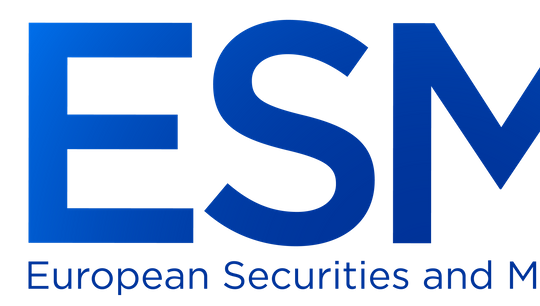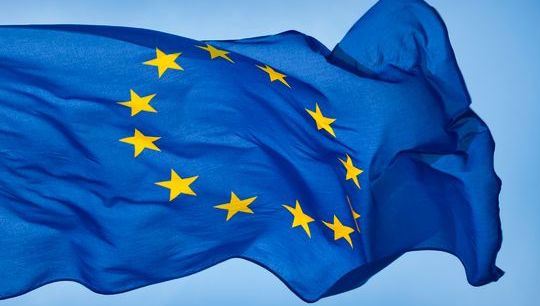AIFMD at 10 – How has this regulation impacted the asset and fund management industry?
By Sofia Harrschar, Universal Investment
Published: 17 June 2024
A decade after its inception, the Alternative Investment Fund Managers Directive (AIFMD) stands as a transformative force, significantly influencing the landscape of the asset management industry by establishing an abundance of transparent fund structures. Enacted in the aftermath of the 2008-09 global financial crisis, the AIFMD addressed the need for increased oversight and regulation of alternative investment funds, a sector which national regulations were often not harmonised or in some case, barely regulated.
As we assess the impact of AIFMD over the past ten years, it’s crucial to examine how it has moulded the industry and consider the ongoing challenges and opportunities it presents today AIFMD was given the task of streamlining regulations across Europe for non-undertaking for collective investment in transferable securities (UCITS) funds. It played a role in overseeing the less regulated sector, specifically closed-end funds that fell under the alternative investment funds category. Some regulations, like those governing German Spezialfonds primarily dealing with securities funds, were already in place in various instances.
However, the financial crisis in 2008 exposed vulnerabilities within the financial system, prompting regulators to fortify regulations to prevent a recurrence of such systemic shocks.
In this context, the AIFMD emerged as a crucial regulatory response aimed at mitigating risks associated with the affected funds and investment structures. It is also important to remember that AIFMD’s regulatory scope goes beyond alternative investments, impacting any fund which exists outside of the UCITS framework and therefore harmonised European regulation.
While AIFMD’s multifaced presence is crystal-clear, it’s important to ask, what has actually changed?
Introducing a comprehensive regulatory framework that AIFMs had to comply with
The inception of AIFMD marked a paradigm shift, ushering in a new era of heightened regulatory compliance and standardisation within the affected investment industry. AIFMD compelled fund managers to adapt to a comprehensive regulatory framework, triggering a substantial increase in transparency, stringent reporting requirements, and the widespread adoption of robust risk management practices.
Beyond the immediate regulatory impact, AIFMD played a pivotal role in elevating the profile of alternative investments. Investors, previously hesitant due to the unregulated nature of certain vehicles, found assurance in the newfound oversight of risks. This paradigm shift empowered managers and investors alike, fostering an environment conducive to outsourcing oversight and, consequently, fuelling a surge in the popularity of alternative investments - By coincidence, the timing aligned seamlessly with the ascent of alternative investments driven by the prevailing low interest rates.
The introduction of a marketing passport
One of the hallmark features of AIFMD was the introduction of the marketing passport, a mechanism that streamlined the process for EU-based alternative investment fund managers (AIFMs) to market their funds to professional investors across the European Union. This innovative approach significantly facilitated cross-border fund distribution, providing fund managers with unprecedented opportunities to tap into a broader and more diverse investor base.
This ease of distribution also presented a double-edged sword as it inadvertently created a barrier for non-European entities. Despite this, the overall effect was a simplification of the flow of capital within the alternative business. The harmonisation within Europe emerged as a game-changer, propelling Luxembourg and Ireland into the spotlight as competitive global centres for pan-European access.
In addition to the streamlined cross-border fund distribution facilitated by the marketing passport under AIFMD, another noteworthy consequence emerged from increased regulatory requirements. Market participants found themselves grappling with crucial decisions, often pondering the “make or buy” question. In response, a notable trend emerged where many leaned towards engaging Third-Party AIFMs.
This strategic shift in reliance on third-party AIFMs was a direct response to the challenges posed by heightened regulatory demands. While the marketing passport simplified capital flow within the alternative business, the surge in third-party AIFM adoption highlighted a pragmatic approach adopted by market participants to navigate the evolving regulatory landscape. This strategic shift not only addressed the challenges faced by market participants but also contributed to reshaping the dynamics of fund management in Luxembourg and Ireland. 1
The evolution of fund structures
AIFMD not only catalysed regulatory changes but also spurred the development of novel fund structures, notably European Long-Term Investment Funds (ELTIFs) and European Venture Capital Funds. These structures were designed to cater to specific types of investments and investors within the EU, showcasing the directive’s nuanced approach to fostering a dynamic and adaptive market.
The standardisation of fund structures triggered a consequential shift in competition dynamics. With uniform structures, market players found themselves competing not merely based on the fund’s nature but on the quality of service. This shift propelled the industry into an era where the distinguishing factor was the stringent and high-quality approach to service delivery. Simultaneously, structural changes, including a reduction in time to market for fund launches, played a pivotal role in shaping the industry. Exemplifying this evolution are Berenberg and ABN AMRO, benchmarking the success of highly specialised structures.
Global impact
While AIFMD was crafted with a primary focus on EU-based AIFMs, its influence transcended European borders, echoing in global discussions on hedge fund and alternative investment regulation, working in tandem with the UCITS framework. The directive became a catalyst, prompting other jurisdictions to consider analogous regulatory reforms. The global impact of AIFMD underscored its significance in shaping regulatory discussions and practices worldwide, transforming it from a regional directive into a blueprint for global regulatory evolution.
The AIF Market Continues to Prosper
Amid heightened safeguards for investors, the landscape for alternative investment managers seeking capital in Europe has witnessed a notable expansion. Those aligning with AIFMD regulations find themselves at the forefront, poised for substantial increases in capital inflows. In the year 2021, fundraising activities for alternative assets, spanning private equity, real estate, infrastructure, private debt, and natural resources, exceeded the 1.1 trillion USD mark. According to Moody’s 2022 asset management outlook, the total assets under management in the alternative sector have now eclipsed the US$9 trillion milestone.

Conclusion
As the alternative investment industry continues its dynamic evolution, AIFMD remains a cornerstone of regulatory frameworks. Industry participants must remain vigilant, adapting to the evolving landscape of AIFMD rules. The directive has not only successfully increased regulation, transparency, and investor protections within the EU’s alternative investment landscape but has also left an indelible mark on global regulatory discussions.
Even as the industry charts its course forward, AIFMD’s enduring influence is palpable. In the UK, the decision to retain the core framework of AIFMD while tailoring it to the unique characteristics of the UK market showcases its adaptability and enduring impact. AIFMD, a regulatory force that has not merely weathered the past decade but has actively shaped its contours, continues to guide the industry toward stability, transparency, and investor-friendly environments for alternative investments.
1 Observatory for Management Companies, PWC, 2023






